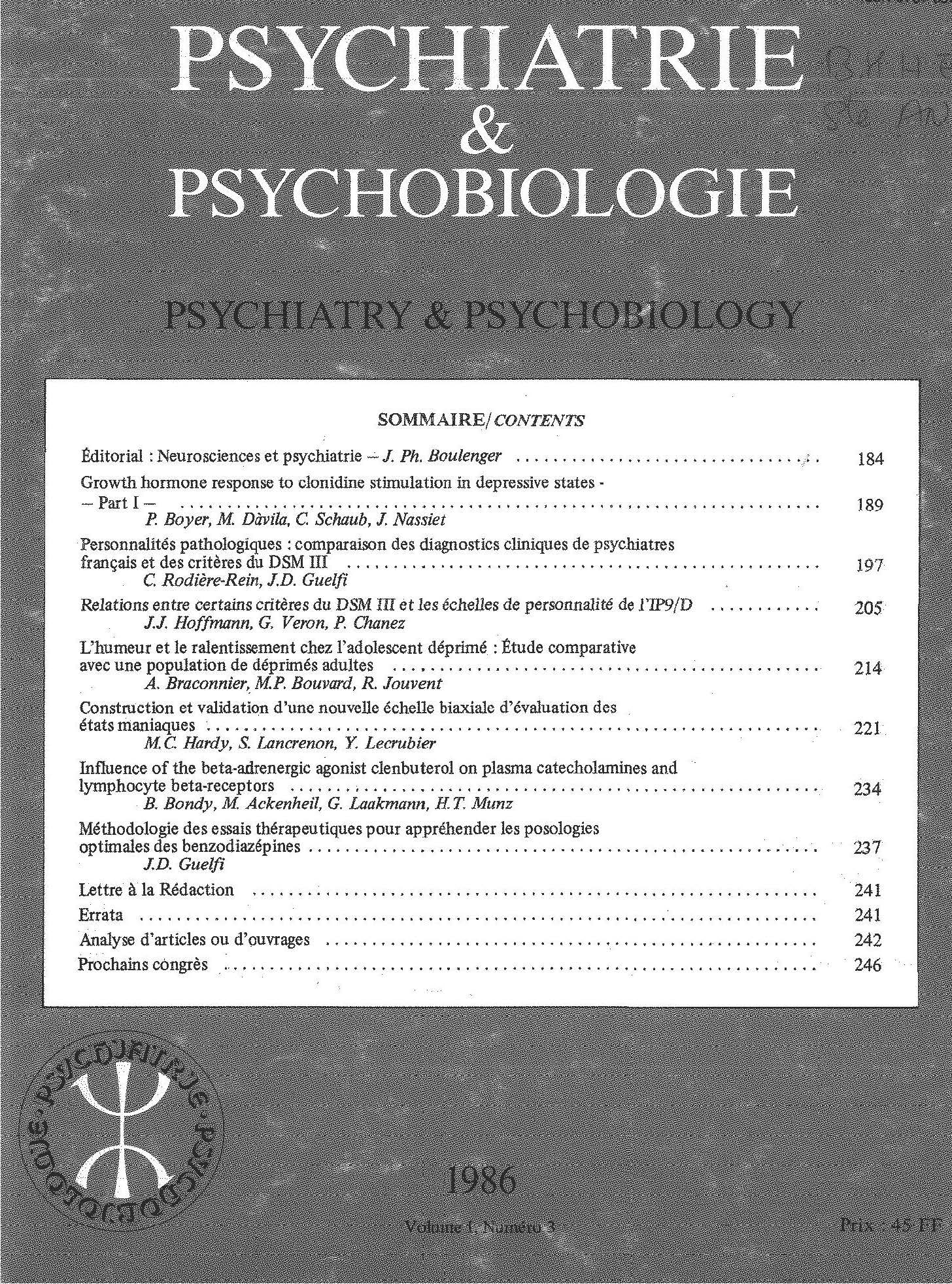Article contents
Drug Improvement of Cognition : Hope and Reality
Published online by Cambridge University Press: 28 April 2020
Summary
Recent research aimed at discovering and developing new drugs for diseases of cognition focuses heavily on Alzheimer’s disease and emphasizes mechanistic/biochemical approaches. Originally, research was based on a pragmatic search for compounds that would protect animals front disruptors of learning and memory. A series of compounds called nootropics do protect animals against these disruptions and offer hope that cognitive deficits may be amenable to pharmacological treatment. However, clinical development of these compounds is complicated by a number of factors. Among these is the poor correlation between animal models of cognitive loss and clinical disease states, a notable exception being the amnesic effects of benzodiazepines. Moreover, the inverted U-shaped dose-response function obtained in animal models and the lack of standard clinical outcome measures further complicate the development process. Tests that are beginning to gain acceptance as “standards” need to be characterized in terms of their validity, variability, and stability. There is a dearth of normative, especially longitudinal, data on cognitive decline. However, the great efforts being made in basic and applied research warrant cautious optimism.
Résumé
Les travaux de recherche entrepris récemment dans le but de découvrir et de mettre au point de nouveaux médicaments pour les maladies de la cognition sont axés principalement sur la maladie d’Alzheimer et mettent l’accent sur les approches mécanistes et biochimiques. A l’origine, ces travaux se fondaient sur une recherche pratique des composés qui protégeraient les animaux des facteurs de perturbation de l’apprentissage et de la mémoire. Une série de composés dits nootropiques protègent effectivement les animaux de ces perturbations et permettent d’espérer que les troubles de la cognition puissent répondre au traitement pharmacologique. Cependant, un certain nombre de facteurs rendent difficile le développement clinique de ces composés. Il n’existe en effet qu’une faible corrélation entre les modèles animaux de perte cognitive et les états pathologiques, en excluant bien entendu les effets amnésiunts des benzodiazépines. De plus, la courbe effet-dose en forme de U inversé que l’on obtient avec les modèles animaux et l’absence de mesures standard pour évaluer les résultats cliniques compliquent davantage le processus de développement. Par ailleurs, il faut établir la validité, la variabilité et la stabilité des tests qui commencent à être acceptés comme «normaux». On manque de données normatives, plus particulièrement longitudinales, sur la perte cognitive. Cependant, l’effort considérable que l’on mène actuellement en matière de recherche fondamentale et appliquée justifie un optimisme prudent.
Keywords
- Type
- Research Article
- Information
- Psychiatry and Psychobiology , Volume 3 , Issue S2: Aspects cliniques et cognitifs de l'anxiété Paris, 28 Janvier 1988 , 1988 , pp. 115s - 123s
- Copyright
- Copyright © European Psychiatric Association 1988
References
- 4
- Cited by



Comments
No Comments have been published for this article.